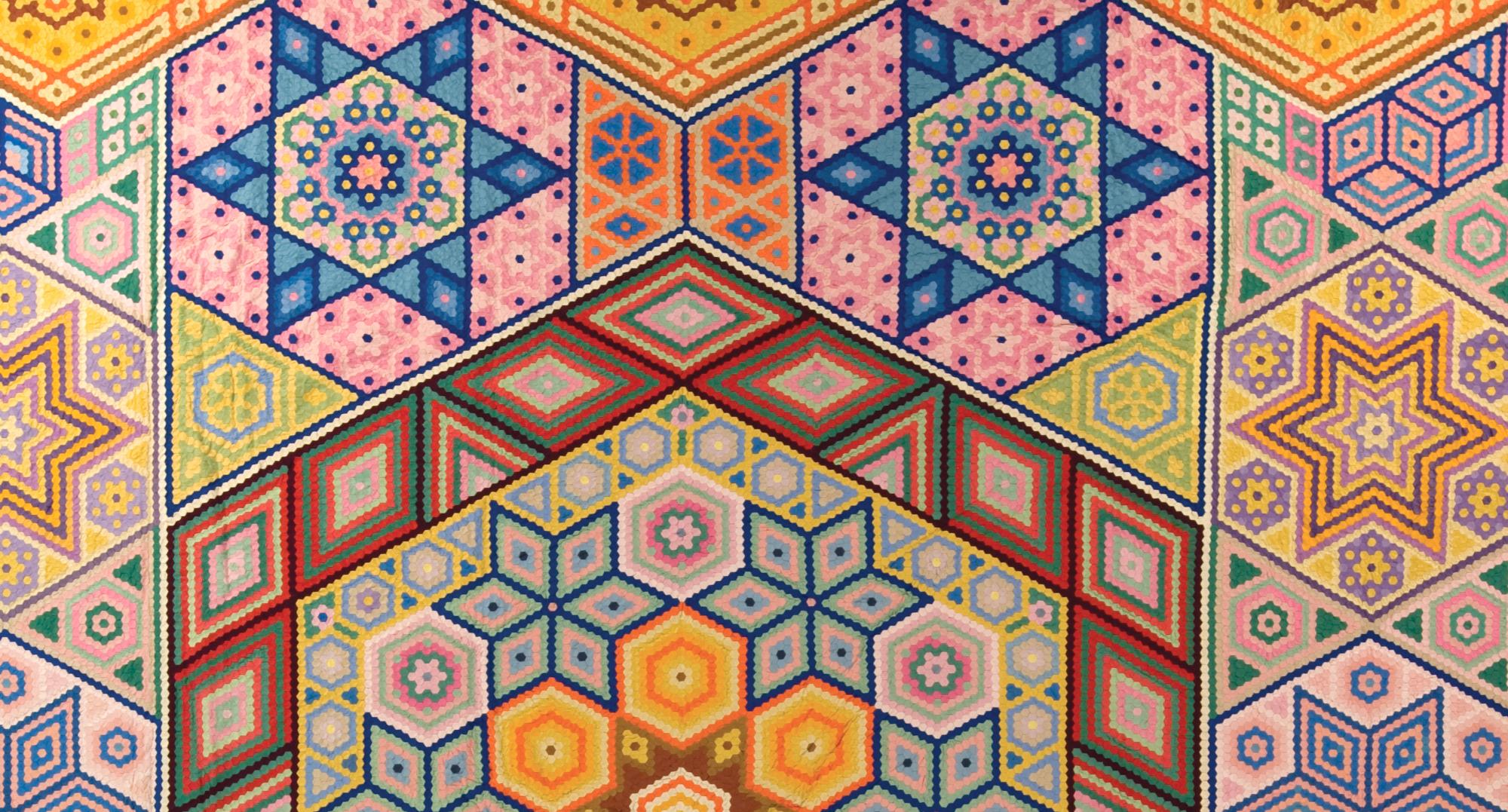Courtships often were brief in the Nebraska Sand Hills. The limited opportunities for socializing in the sparsely populated plains, the distance between families, and the need for two people to share the responsibilities of living on the land and raising a family provided impetus for quick decisions. Bert and Grace followed this pattern during their short courtship.
When Grace was seventeen, her father became gravely ill and lay suffering for several weeks. One day as Grace was watching over him a young gray-eyed man came to the door. The man and his partner had stopped at a neighbor’s ranch to water their cattle and had heard of the McCance’s misfortune. They were camping nearby and the stranger offered to provide the family with some relief from caretaking by sitting up with Grace’s sick father or by helping with the family’s chores. Grace assured him there was plenty of help available, but she later remembered his kind manners and his easy way of riding a horse. It was the first glimpse she had of her future husband, Albert “Bert” Snyder.
A few months later Bert appeared unexpectedly on a fine large horse while Grace was out gathering wild grapes in a local canyon. The shy couple could think of little to say. Grace stood mortified as she watched him ride away since she was wearing her father’s old clothes and was convinced that she had made a terrible impression.
In the summer of 1900 Grace visited North Platte for the first time to hear Teddy Roosevelt make a whistle-stop campaign speech, as a candidate for Vice President. The town was already bustling with excitement when a group of enthusiastic cowboys rode into the scene. The same gray-eyed stranger she had met earlier led the cowboys into the festivities by jumping his horse over a rope barrier and Grace once again noted his easy manner and good looks. It was a year before Grace saw Bert again.
The next meeting occurred while Grace was gathering chokecherries and her horse wandered away. She hiked up her skirts, waded across the creek and hurried after the mare, only to lose the horse each time she grabbed at the reins. From around the bend an amused Bert appeared and quickly captured the errant horse. Grace yanked down her skirts, but was so surprised and embarrassed, she found little to say. Silently Grace watched Bert ride away, convinced she would never have any luck conversing with the good-looking cowboy.
Grace was twenty-one before they met again at a fish fry held for young people at neighbor Sam Marant’s shack on East Creek. She was pleased to see Bert and as they gathered chokecherries together, Bert invited Grace to go horseback riding the following Sunday. During a quiet moment that Sunday afternoon he took the opportunity to propose marriage and Grace immediately accepted. They were married two months later on October 23, 1903, in Maxwell, Nebraska, at the home of Bert’s father, Jeremiah Snyder. They began their long journey to Bert’s ranch that same day, stopping only to have their wedding picture taken in North Platte. They would spend fifty-three years together before Bert passed away.
Grace Snyder as a Public Figure
Grace enjoyed displaying her quilts in public and entered local, national and international quilt exhibitions. She often entered the Lincoln County and Nebraska State Fairs where she won numerous ribbons. In 1944, she was awarded $2.50 when her ‘Flower Basket Petit Point’ was chosen as sweepstakes winner at the Nebraska State Fair. At the 1951 State Fair, eighteen of her quilts were displayed together at the Fine Arts Building. That same year, Grace’s ‘Grape Quilt’ appeared in a separate display case because it had been awarded the purple sweepstakes ribbon.
In 1950, four of Grace’s quilts were displayed at the Women’s International Exhibition in New York City. ‘Covered Wagon States’ won a special ribbon in the International Division and the ‘Grape Quilt’ won a blue ribbon for Grace’s fine appliqué work. The ‘Flower Basket Petit Point’ and the ‘Bird of Paradise’ were placed in a special division since there was nothing else like them at the exhibition. They were awarded the two highest ribbons of their division.
Grace exhibited her quilts to acclaim in Washington, D.C., Massachusetts, Virginia, Texas, Nebraska, and California. When her daughter Nellie began flying to the exhibitions by herself, a separate seat was purchased beside her for the large box containing Grace’s quilts. They were too valuable to include with the luggage.
By displaying her quilts in competitions and exhibitions throughout the country, Grace established herself as one of the preeminent quiltmakers in mid-twentieth century America. Her significant achievements were acknowledged in 1980 when, at age 98, she was inducted into the Quilter’s Hall of Fame.
Throughout her life, Grace was known for her needlecraft. She was an expert in crochet and made bedspreads, tablecloths and doilies for her own use and as gifts for family members. Her embroidery was so valued by the family that they cut and saved embroidered strips from pillow cases that had worn out. The blouse you see here showcases Grace’s needlework skills and features a drawn work design. During a family interview, Grace’s daughters recalled her skill in making their clothes. After each girl selected a dress for Grace to copy from the Sears catalog she would cut her own patterns from wrapping paper.
No Time on My Hands, Grace’s autobiography as told to Nellie Snyder Yost, her eldest daughter, remains a popular book with quilters.

